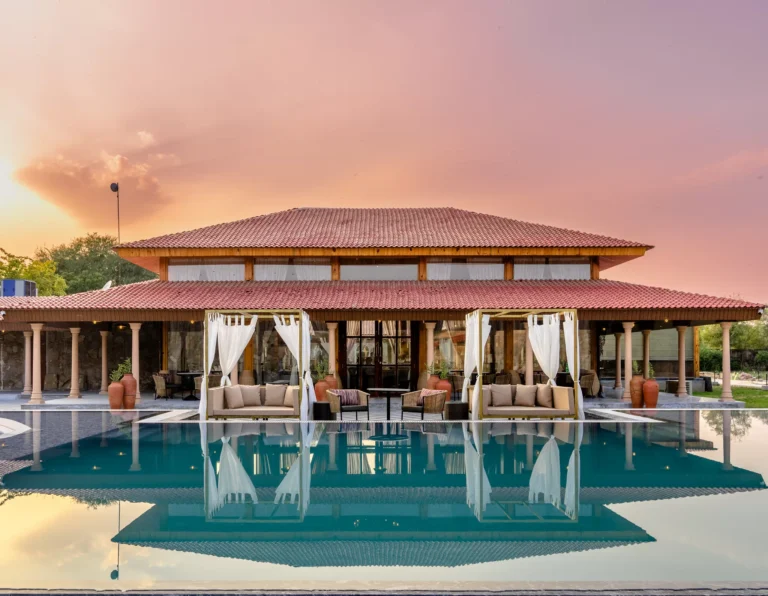India’s first Leopard Reserve lies adjacent to the historic city of Jaipur. It’s rise has been meteoric, from a place hardly known a decade ago, to now hosting the world’s highest density of leopards. It is perhaps the only place in India where you can spend the morning shopping in a historic market or visit a palace, have lunch in the city and a big cat safari in the afternoon.









